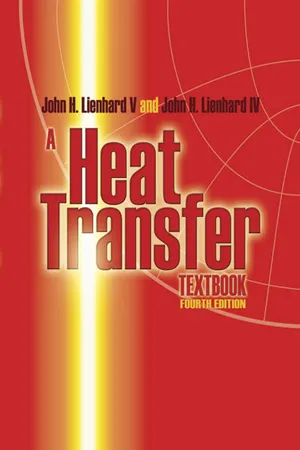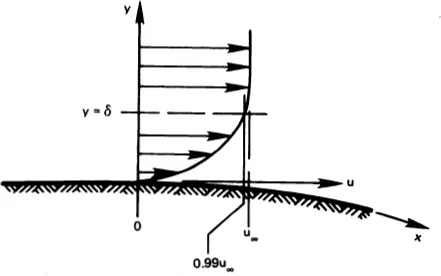
- 768 pages
- English
- ePUB (mobile friendly)
- Available on iOS & Android
About this book
This introduction to heat transfer offers advanced undergraduate and graduate engineering students a solid foundation in the subjects of conduction, convection, radiation, and phase-change, in addition to the related topic of mass transfer. A staple of engineering courses around the world for more than three decades, it has been revised and updated regularly by the authors, a pair of recognized experts in the field. The text addresses the implications, limitations, and meanings of many aspects of heat transfer, connecting the subject to its real-world applications and developing students' insight into related phenomena. Three introductory chapters form a minicourse in heat transfer, covering all of the subjects discussed in detail in subsequent chapters. This unique and effective feature introduces heat exchangers early in the development, rather than at the end. The authors also present a novel and simplified method for dimensional analysis, and they capitalize on the similarity of natural convection and film condensation to develop these two topics in a parallel manner. Worked examples and end-of-chapter exercises appear throughout the book, along with well-drawn, illuminating figures.
Frequently asked questions
- Essential is ideal for learners and professionals who enjoy exploring a wide range of subjects. Access the Essential Library with 800,000+ trusted titles and best-sellers across business, personal growth, and the humanities. Includes unlimited reading time and Standard Read Aloud voice.
- Complete: Perfect for advanced learners and researchers needing full, unrestricted access. Unlock 1.4M+ books across hundreds of subjects, including academic and specialized titles. The Complete Plan also includes advanced features like Premium Read Aloud and Research Assistant.
Please note we cannot support devices running on iOS 13 and Android 7 or earlier. Learn more about using the app.
Information
PART III
CONVECTIVE HEAT TRANSFER
6. Laminar and turbulent boundary layers
Joseph Black, c. 1790s
6.1 Some introductory ideas

Flow boundary layer





Table of contents
- Cover
- Title Page
- Copyright Page
- Preface
- Contents
- I The General Problem of Heat Exchange
- II Analysis of Heat Conduction
- III Convective Heat Transfer
- IV Thermal Radiation Heat Transfer
- V Mass Transfer
- VI Appendices
- Citation Index
- Subject Index